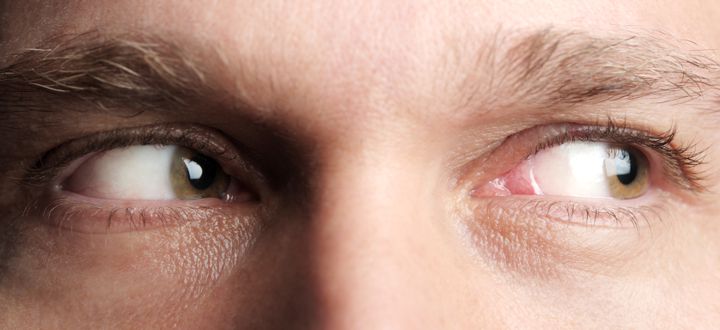Trust matters. It can dictate what we buy, who we vote for, and who we allow to look after our money and our health. But how do we decide who is trustworthy and who is not?
Some would say we base our decisions on a person’s credentials or the strength of their arguments. Others might be swayed by a person’s appearance or manner. But research shows there are many more factors at work than we realise – and that we can be manipulated to change the choices we make.
The way we arrive at decisions about trust is not always obvious – even to ourselves. I’m particularly interested in the factors that influence our gut decisions – the ones we make when we have not got much information to go on.
Trustworthy faces
The experiments conducted by myself and others are variations of a model designed by the University of York’s Professor Steve Tipper in collaboration with Andrew Bayliss at the University of East Anglia. In the current experiments, participants are shown 16 different faces which they are asked to rate according to how trustworthy they think they are.
Next they are given a simple onscreen task. An everyday household item appears on either the left or right-hand side of a screen and the participants have to indicate whether the object belongs in the kitchen or the garage.
It sounds straightforward, but just before each object appears, one of the 16 faces is displayed in the middle of the screen, looking either to the left or the right. Sometimes the face is looking towards where the object is about to appear. Sometimes it isn’t.
Looking in the wrong direction
We found that when the face is looking towards where the object will appear, participants tend to be able to carry out the categorisation task more quickly and accurately. Conversely when a face is looking in the wrong direction, it proves an unhelpful distraction.
Finally, we ask the participants to rate all the faces again. What we find is that people rate those faces that always look towards the object as more trustworthy than the ones that always look away.
This result is important for two reasons. Firstly it reveals that when we make decisions about trust, we instinctively take into account factors that are seemingly unrelated – such as the direction someone is looking in. Secondly it suggests ways to induce a perception of trust.
For example, it might be possible to get people to trust you more by using your eyes to direct their attention in a helpful way.
We are conducting a series of experiments to build on Professor Tipper’s groundwork extending the work in all sorts of directions.
For instance, does the object categorisation task have any lasting effects? Does it make a difference to how likeable a face is rather than how trustworthy? Does the expression on the face have any effect?
Direct eye contact
My research feeds into a wider body of literature that looks at how we can 'read' people from their faces, and particularly their eyes: a person who is making direct eye contact is often seen as more trustworthy, attractive and friendly than somebody with averted gaze, for example – although there are obviously limits to how effective staring intently at a stranger can be…
One area I am particularly interested in is the potential for inducing a higher rating of trustworthiness for one face over another. There has been a lot of research into how we form impressions of trustworthiness, but there hasn’t been a huge amount looking at actually inducing this feeling in an experimental setting. Here, though, we have an experiment with a robust and reliable effect.
We are also looking at whether it is possible to manipulate impressions of objects or images. We have found, for instance, that participants tend to like objects that are looked at by faces during an experiment more than ones that aren’t.
This could have significant implications for industries like advertising. Where somebody is looking might affect what products we buy, or who we vote for. These questions of trust are important. And the most exciting thing of all, for me, is that we can’t really predict the results of our experiments. It’s an exploration.
The text of this article is licensed under a Creative Commons Licence. You're free to republish it, as long as you link back to this page and credit us.




